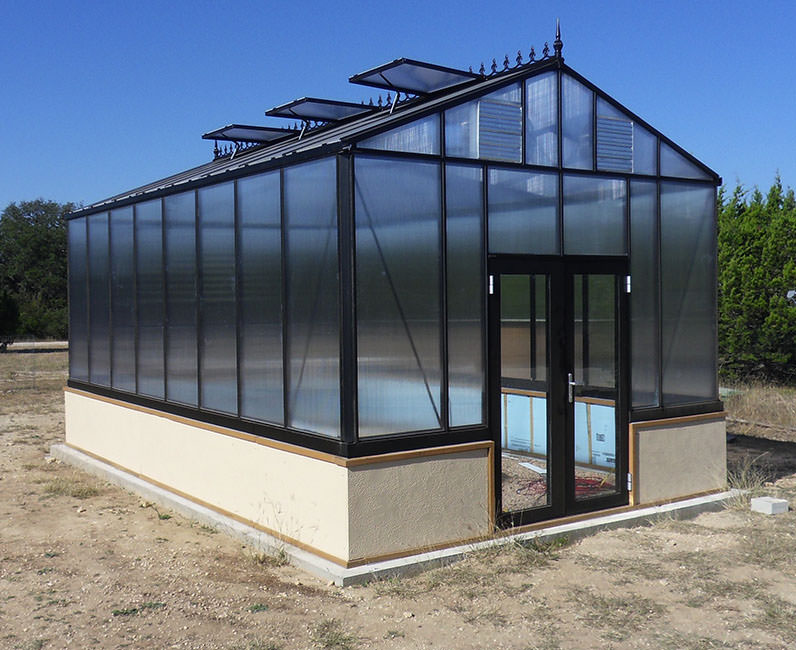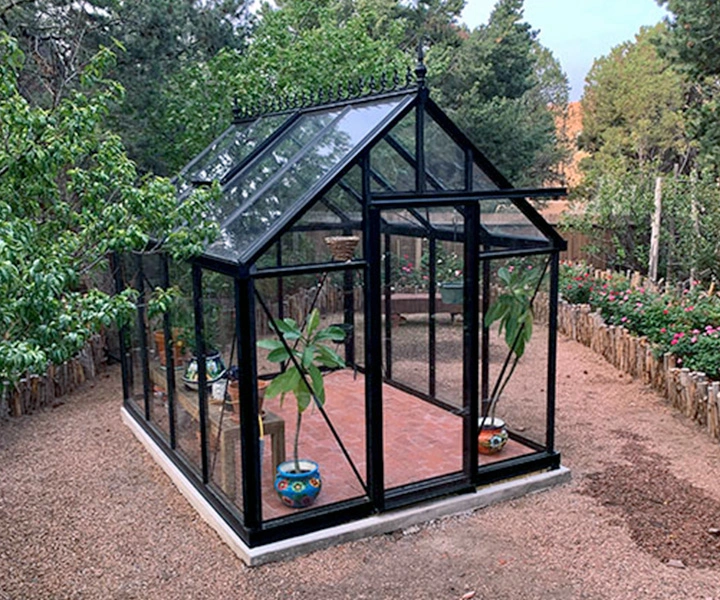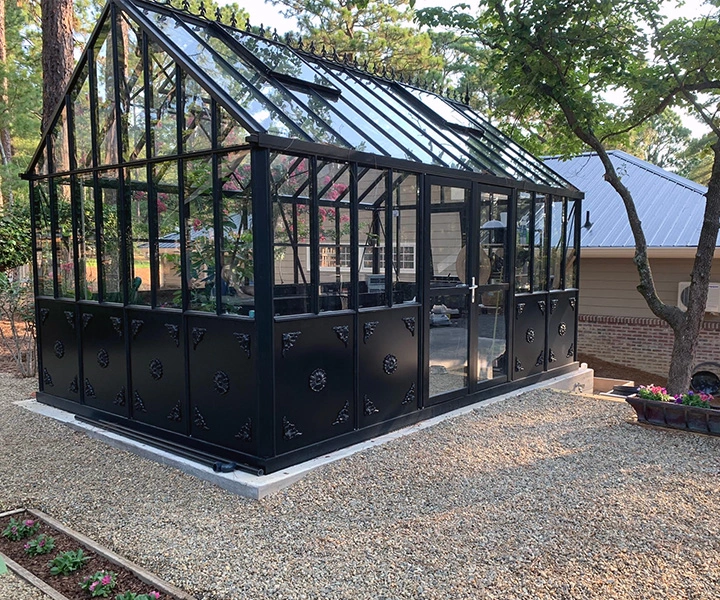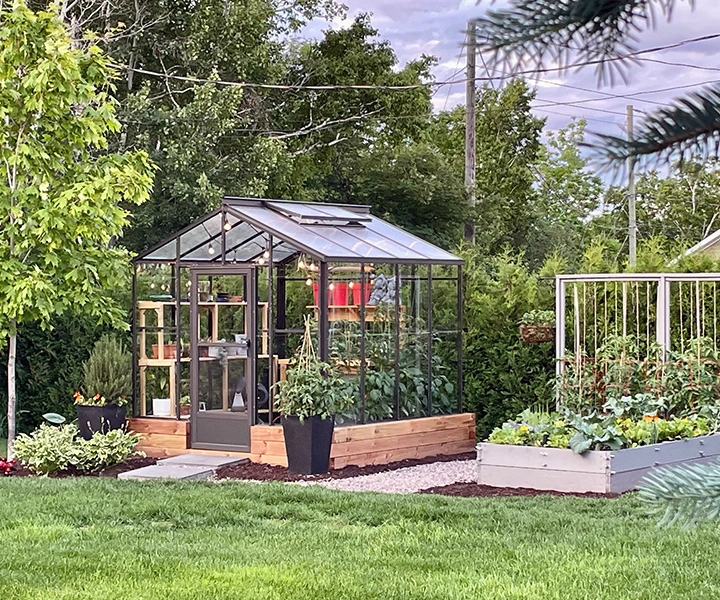Choosing the Right Foundation for Your Residential Greenhouse
When planning your dream greenhouse, one of the most critical decisions is selecting the right foundation. A well-chosen foundation ensures structural stability, extends the life of the greenhouse, and can improve insulation. Below, we’ll explore different types of foundations, their benefits, and whether they’re suitable for DIY installation or best left to professionals.


1. Concrete Slab Foundation
Description: A solid, flat slab of concrete that provides a durable base for the greenhouse.
Benefits:
- Extremely sturdy and long-lasting.
- Excellent for preventing weeds and pests.
- Creates a clean and level surface for equipment and benches.
DIY Instructions:
- Mark the area for the greenhouse and ensure it’s level.
- Build a wooden frame to outline the slab dimensions.
- Pour concrete into the frame and smooth it out using a screen.
- Allow the concrete to cure fully (typically 7 days).
Professional Recommendation: Due to the labor and precision required, especially for larger greenhouses, hiring a professional is often the best choice.
2. Concrete Perimeter Foundation
- Provides excellent structural support while reducing material costs.
- Allows for natural drainage or soil planting within the greenhouse.
- Ideal for areas with frost, as it can be made frost-proof.
- Dig a trench around the greenhouse perimeter to the required depth (below the frost line in colder regions).
- Build a wooden frame for the trench.
- Pour concrete into the trench and smooth it out.
- Let it cure completely before attaching the greenhouse frame.


3. Wooden Foundation
- Affordable and relatively easy to construct.
- Can be customized to match the greenhouse size.
- Provides a natural aesthetic.
- Measure and cut treated lumber to the required dimensions.
- Create a rectangle or square frame, securing the corners with brackets or screws.
- Level the area and place the frame securely on the ground.
- Anchor the greenhouse frame to the wooden foundation.
4. Gravel Foundation
- Easy to install and cost-effective.
- Allows excellent drainage, preventing water pooling.
- Works well for smaller greenhouses.
- Install a perimeter foundation of either concrete or wood
- Lay down a weed barrier fabric to prevent weed growth.
- Spread a 3-4 inch layer of gravel evenly across the area.
- Compact the gravel with a tamper to create a stable surface.


5. Paver Foundation
- Visually appealing and highly customizable.
- Durable and allows water drainage through the gaps.
- Easier to replace or adjust than a concrete slab.
- Clear and level the area where the greenhouse will sit.
- Lay a layer of sand or fine gravel to create a base.
- Place the pavers in the desired pattern, ensuring they’re level.
- Fill gaps with fine sand and compact the surface.
Choosing the Right Foundation Option for You
When selecting a foundation, consider factors like your budget, the size of your greenhouse, and local climate conditions. A concrete slab or perimeter foundation provides the best long-term durability but may not be best suited to your site or how you intend to grow. If you’re unsure, consulting with a professional ensures your greenhouse will remain secure and functional for years to come.
Whether you’re building it yourself or hiring an expert, the foundation sets the stage for your greenhouse’s success—quite literally. Happy building!





